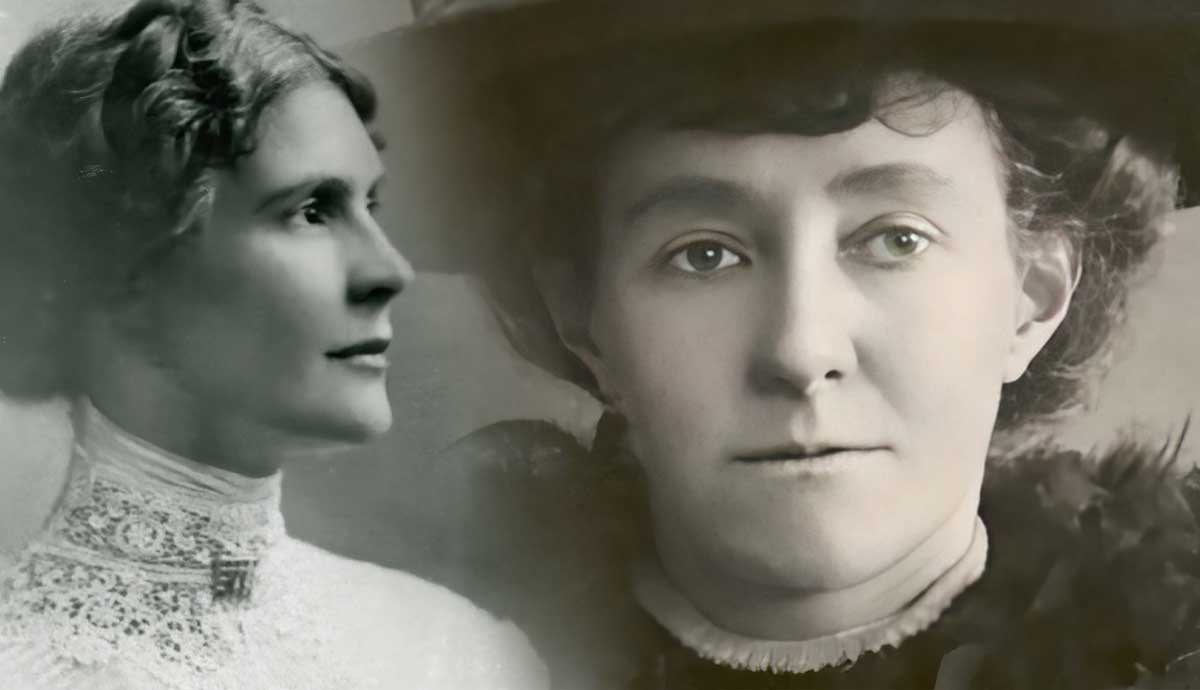
Leaders of the British Suffrage Movement, known as the suffragettes, were a fearlessly determined group of women who fought militantly for the right to vote. Inflamed by the glaring inequalities towards women in the early 20th century, they made it their mission to assert their equal rights, by whatever means possible. From vandalism to arson, they made the British, and international public sit up and take notice. In 1918, the Representation of the People Act gave the vote to women in the UK over the age of 30 who paid taxes, or were married. Thus, 8.5 million women were finally allowed to have their voices heard. However, the fight continued – and in 1928, women aged 21 and over were finally given the same voting rights as men. These are the key suffragettes who bravely brought about this seismic institutional change.
1. Dame Millicent Fawcett

One of the earliest members of the women’s suffrage movement, Millicent Fawcett gave her first speech on women’s rights in 1868. She became a member of the London National Society for Women’s Suffrage (LNSWS) a year earlier in 1867, and in 1907 was elected as group president. She was a keen tactician and disapproved of the violent protests staged by other suffragettes, preferring to work with, rather than against the British Government. Her place in history was cemented in 1919, when she became a Dame of the British Empire for her active role in women’s political rights.
2. Emmeline Pankhurst

Emmeline Pankhurst was an instrumental figure during the suffragette movement, so much so that she is now one of the most revered political figures in modern history. She was founder of the Women’s Social and Political Union (WSPU), an early iteration of the suffragettes, who staged a series of attention-grabbing tactics including throwing bricks through windows and setting letterboxes on fire. Like many suffragettes, Pankhurst’s controversial protests often ended with her arrest and imprisonment. While in prison, she went on hunger strike, resulting in violent force-feeding by the authorities.
3. Christabel Pankhurst

Alongside her mother Emmeline, Christabel was a key player in the WSPU and later the suffragette movement. Christabel was such a force of nature that she earned the nickname ‘Queen of the Mob’. She was also editor for The Suffragette, the movement’s rousing newspaper.
4. Emily Davison

Leading suffragette Emily Davidson gave up a full-time teaching job in 1909 to focus on fighting the cause for the WSPU. In one of her most bizarre protests she once hid in the underground crypt at the House of Commons while the 1911 census was being written, and subsequently had her name recorded as the crypt’s sole occupant, a record that still survives today. Tragically, Davison lost her life after throwing herself under the King’s horse during the Epsom Derby of 1913.
5. Leonora Cohen

Leonora Cohen played a prominent and active role in the women’s suffrage movement. She carried out a series of aggressive protests, including throwing a brick at a local Government Board window and smashing the display case containing the Crown Jewels with a metal bar inside the Tower of London, carrying out the suffragette maxim of “deeds not words.” Her behaviour resulted in numerous, frequent prison sentences. After joining the WSPU in 1909, Cohen became Emmeline Pankhurst’s bodyguard. As the years rolled by Cohen continued to play a prominent role in British politics, leading the second-wave of feminism during the 1970s.
6. Lady Constance Lytton

Born into a family of aristocrats, Lady Constance Lytton refused to be pigeonholed by her family history. In fact, during suffragette protests and subsequent arrests, she hid behind the guise of the fictional Jane Warton, a London seamstress, in order to avoid being offered special treatment by the authorities. She first became aware of the suffragette movement in 1908, when carrying out charitable work with a group of young women in the clothing trade. Lytton was frequently arrested and forced to spend time in jail, where, like Emmeline Pankhurst, she went on hunger strikes and endured force-feeding. Over the course of her political career, she became an instrumental activist, writer, campaigner and speaker on women’s rights.










